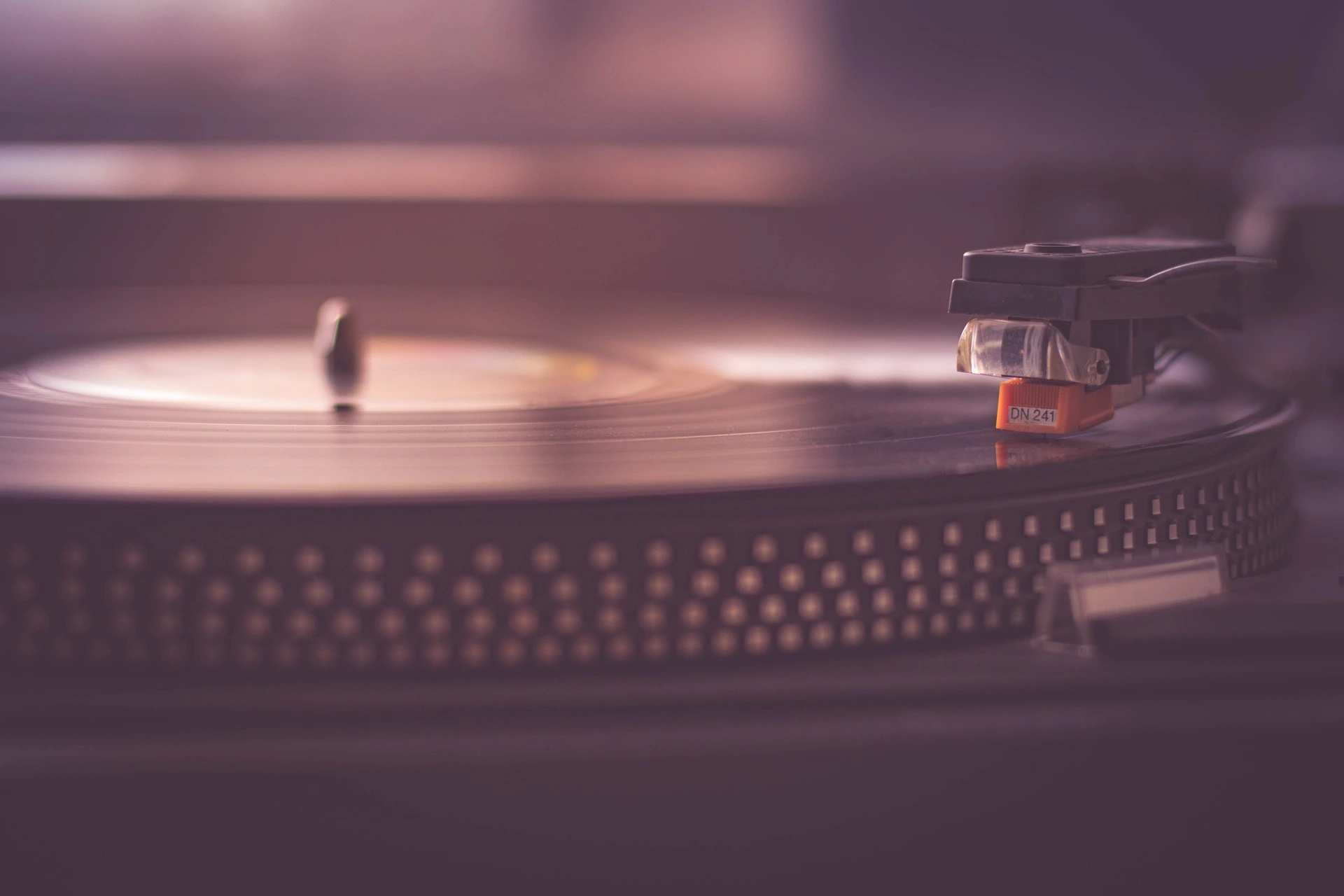DMM or lacquer cut? Vinyl Mastering Technologies Compared
Before a vinyl record can be pressed and enjoyed, it must undergo a meticulous mastering process to ensure the highest quality sound.
This involves creating the stampers that will be used to press the records. The choice of mastering technology plays a crucial role in determining the final sound quality of the vinyl. Regarding vinyl record production, two prominent mastering technologies stand out: Direct Metal Mastering (DMM) and Lacquer (Acetate) Cutting. Each method has its unique set of characteristics, advantages, and disadvantages, making them suitable for different types of music and listening preferences.
Understanding the Differences, Advantages, and Disadvantages of DMM and Lacquer (Acetate) Cutting
In this post, we'll explore the key differences between DMM and Lacquer cutting, discuss their respective benefits and drawbacks, and help you understand which technology might be best for your musical needs. Whether you're an audiophile, a musician, or a producer, gaining insight into these mastering techniques will help you appreciate the nuances in vinyl record production and make informed decisions for your musical projects.

Direct Metal Mastering (DMM)
Process:
- In DMM, the audio signal is directly engraved onto a metal disc, typically copper. This metal master can then be used to create the stamper for pressing vinyl records.
- The cutting stylus used in DMM is harder, allowing for more precise and high-frequency engravings.
Advantages:
- Clarity and Detail: DMM often results in a clearer and more detailed sound, especially in the high-frequency range, due to the precision of the cutting process.
- Durability: Metal masters are more durable than lacquer, reducing the risk of degradation over time.
- Noise Reduction: Less surface noise and fewer distortions can be achieved compared to lacquer cuts.
- Record length: DMM at 33rpm can hold up to 24 minutes of recording per side. However, due to sound quality we recommend a max of 22 minutes per side.
Ideal Music Types:
- Electronic Music: The high-frequency clarity and detailed sound reproduction are well-suited for electronic genres where precision is key.
- Classical Music: DMM's ability to capture subtle nuances and intricate details makes it ideal for classical recordings.
- Jazz: The precision and reduced noise floor are beneficial for jazz, where clear, nuanced sound is important.

Lacquer Cutting
Process:
- In Lacquer Technology, the audio signal is cut onto a lacquer-coated aluminum disc. This lacquer master is then used to create a stamper for pressing vinyl records.
- The cutting stylus used is softer compared to DMM, and the lacquer material can capture a different range of sound characteristics.
- At 33 rpm, a lacquer cut can accomodate up to 19 minutes without audio quality compromises.
Advantages:
- Warmth and Depth: Lacquer cuts often have a warmer, fuller sound which many listeners find more natural and pleasing.
- Versatility: Lacquer is more forgiving during the cutting process, making it suitable for a wider range of audio dynamics and styles.
- Traditional Sound: Many artists and producers prefer the traditional sound quality of lacquer cuts, which can be more familiar to listeners of vinyl records.
Ideal Music Types:
- Rock and Pop: The warmth and depth of lacquer technology enhance the energetic and vibrant nature of rock and pop music.
- Folk and Acoustic: The natural, warm sound of lacquer cuts complements the organic qualities of acoustic instruments and vocals.
- Soul and Blues: The rich, full sound characteristic of lacquer cuts is well-suited for soul and blues genres.

Summary
- DMM is ideal for music requiring high precision and detail, such as electronic, classical, and jazz.
Lacquer Technology is better for genres that benefit from a warmer, fuller sound, including rock, pop, folk, acoustic, soul, and blues.
Both technologies have their unique advantages and are chosen based on the desired sound quality and characteristics of the music being produced.
Recommended playing times for DMM and lacquer cuts:
Below are tables of recommended lengths per side for records cut using the DMM (Direct Metal Mastering) method and lacquers. The times provided apply to most recordings; however, the recommended recording length may change depending on the music genre and groove density. Lengths can vary based on the genre of music and track dynamics. Before starting production, consult with us to determine the optimal recording lengths for your record.
DMM cuts:
|
recommended |
maximum |
|
|---|---|---|
|
12” at 33 rpm |
22:00 min |
27:00 min |
|
12” at 45 rpm |
8:00 min |
11:00 min |
|
10” at 33 rpm |
9:00 min |
15:00 min |
|
10” at 45 rpm |
6:00 min |
7:00 min |
|
7” at 33 rpm |
5:30 min |
6:30 min |
|
7” at 45 rpm |
3:30 min |
4:30 min |
Lacquer cuts:
|
recommended |
maximum |
|
|---|---|---|
|
12” at 33 rpm |
18:00 min |
22:00 min |
|
12” at 45 rpm |
10:30 min |
13:00 min |
|
10” at 33 rpm |
10:00 min |
12:00 min |
|
10” at 45 rpm |
7:30 min |
9:00 min |
|
7” at 33 rpm |
4:00 min |
5:00 min |
|
7” at 45 rpm |
3:00 min |
4:00 min |